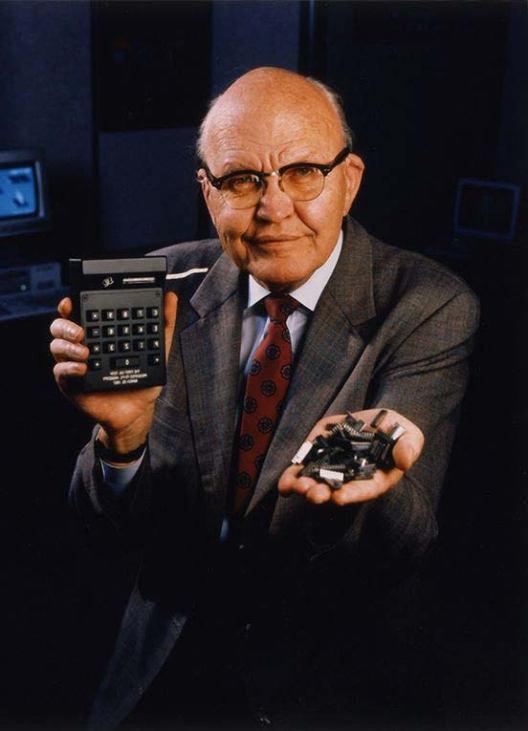
2 minute read
INVENTION OF INTEGRATED CIRCUITS
By Shalini Devanand, 3rd Year
From time immemorial, the idea of not underestimating the power of something common has been forever imprinted in our minds. Be it cinema to dishwashing brands (yes, one spoon may/may not be enough!), we get the fact that small does have a lot of power! And who can appreciate this fact better than us engineers?
Advertisement
From building large structures around the world to having the world in the palms of our hands, we have seen it all!
But how would the world have been if we didn’t have I2C i.e. Invention of the integrated circuit in our lives? Would we still be able to live life carefree but securely as we are doing right now?
A circuit is not just about its components, it is also about its connections. Stable connections allow the electron or the currents flow from one component to another. Connections are the lifelines of each circuit. And an error-prone channel would make the whole circuit go kaput.
Two problems posed in circuit design is - Handmade circuits involved workers soldering the different components to vacuum tubes with metal wires. Now, when the size of components got down, the errors are unavoidable and there was no way to maintain a quality check. The second problem was the size. A complex circuit relied on speed. If the metal wires were too long, the electric signals wouldn’t move fast enough. This would make the circuits inefficient.
These two problems, together, were the problems of numbers; are infamously called The Tyranny of Numbers that made the birth of an advanced circuit that would have so many parts and connections, look impractical to happen.
British radio engineer Geoffrey Dummer optimistically addressed the tyranny of numbers, way back in 1942 .He had gave a theoretical solution of connection-free circuits.
We have then come a long way since Jack Kilby developed the prototype of IC. This rapid growth in miniaturization techniques was made possible by the vision of the prototype of Kilby, and of the shrewd practical improvements of Noyce. Recognizing the same, the Nobel committee awarded Jack Kilby the Nobel Prize for Physics in the year 2000.The credit for the invention of IC is given to the two engineers jointly.
It is all thanks to the IC, that we can make even the most complex of tasks seem small, get new versions of electronics in the stores every six months, and in short, live our lives to the fullest – electronically! If there’s a soul to every living being, there’s an IC to every modern electronic product.
The Integrated Circuit was technically developed and invented by three different individuals, all unaware of each other’s work.
Geoffrey Dummer conceptualized the design, Robert Noyce was granted the first patent, and Jack Kilby’s application was being reviewed while the first patent was granted. Kilby and Noyce were awarded the National Medal of Science in 1979
Jack St. Clair Kilby, realized the first IC








